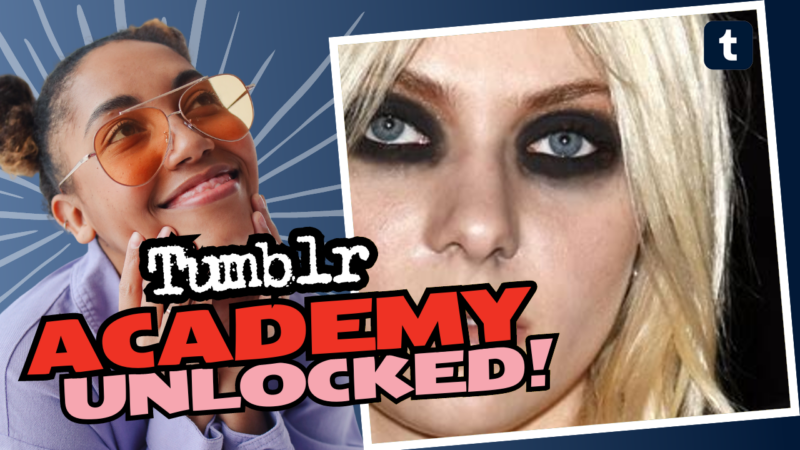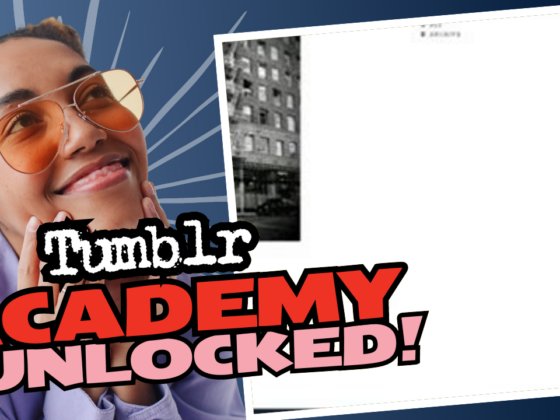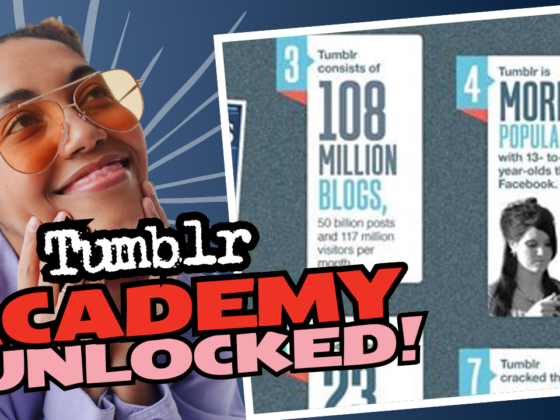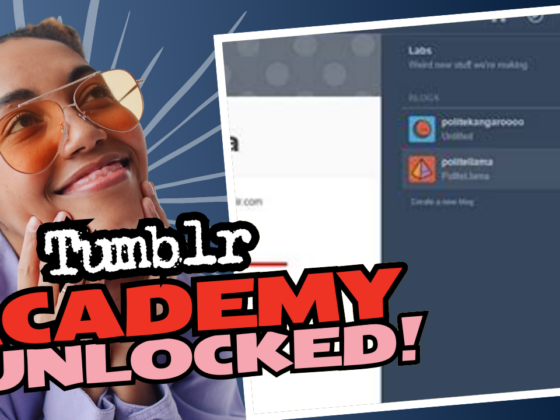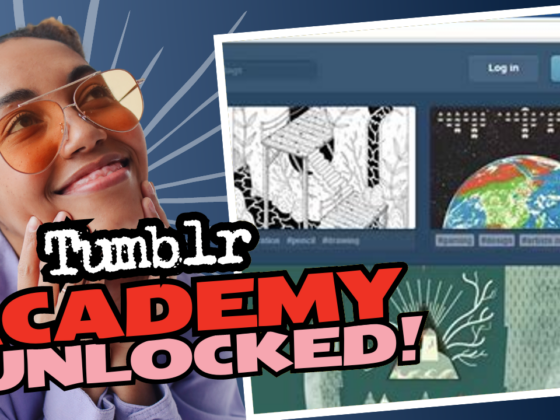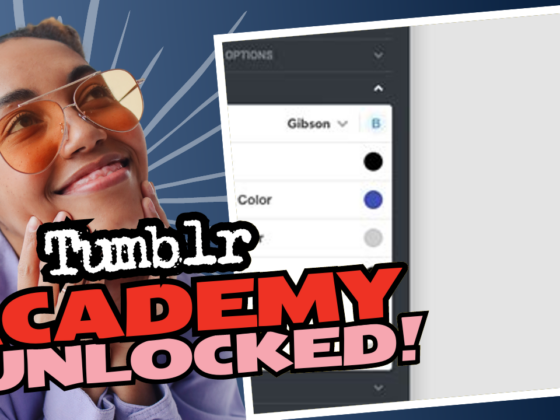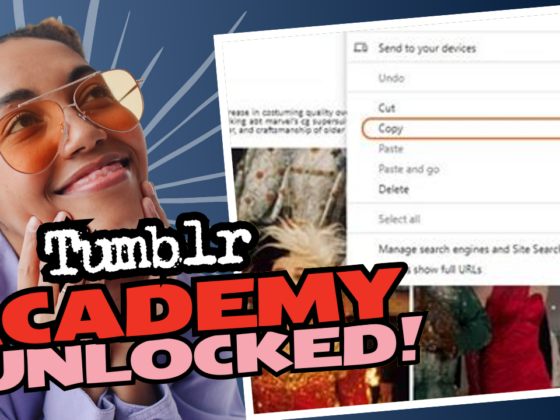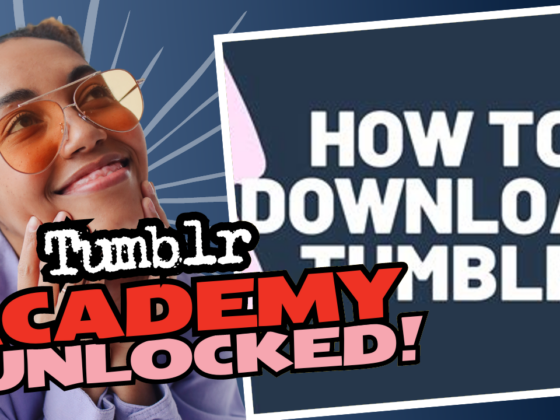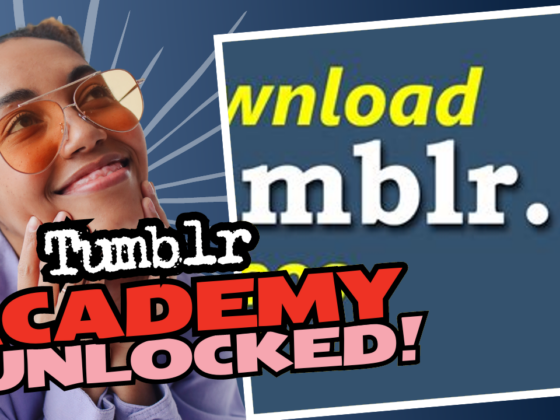Creating Your Aesthetically Pleasing Tumblr: A Beginner’s Guide
So, you’re itching to make your Tumblr page pop with personality, flair, and, dare we say, a touch of pizzazz? Well, grab your digital paintbrush, and let’s dabble in the delightful world of HTML and CSS! Consider this your backstage pass to crafting a visually stunning Tumblr – because who doesn’t want their blog to look extra? Buckle up, friend, because we’re diving deep into the nitty-gritty of customizing your Tumblr theme!
The Basics: Understanding HTML and CSS
First things first – if you haven’t heard of HTML and CSS yet, grab a comfy seat. HTML (HyperText Markup Language) is the skeleton of your webpage, while CSS (Cascading Style Sheets) is the stylish flesh we put on top! It’s the difference between a boring old mannequin and a runway model strutting their stuff.
If you’re a total newbie, head over to Codecademy. This site whisks you away into the magical lands of coding with their interactive tutorials. You’ll be slinging code and striking poses faster than you can say, “I love Tumblr!”
After a few of those lessons, you’ll be equipped to embark on your thematic journey through Tumblr. Trust us; you’ll feel like a superhero in the coding universe!
Embrace the Tools: Inspecting Your Elements
Alright, picture this: you’ve just learned an awesome new skill—now what? Time to put it into practice! Fire up your browser, preferably Firefox or Chrome, and let’s play around with something called ‘Inspect Element’. This nifty developer tool allows you to see the HTML structure and CSS rules of any webpage.
Here’s how to get started:
- Right-click on any part of your Tumblr page (not too harshly, please).
- Select “Inspect” or “Inspect Element” from the context menu.
- Now, feast your eyes on the code!
You can edit, delete, or fiddle with the elements of the page in real time and see how your changes play out. Feel like a wizard of the web yet? Use this tool to understand which parts of the code dictate the length of your blog border, the color of your text, or even the whimsical placement of various widgets. It’s like window shopping—except it’s for code!
Ditch Dreamweaver, Embrace Simplicity
Let’s get one thing straight: if you’re tempted to cozy up with Dreamweaver, toss that idea right out the window. You don’t need a heavy-weight software to channel your inner coder. Just a simple text editor like Notepad or Sublime Text will suit your needs just fine.
Take this approach:
- Open your preferred text editor.
- Start a new HTML document for your Tumblr theme.
- Play around with snippets of HTML and CSS until a masterpiece emerges!
Remember, coding is meant to be fun! The less daunting it feels, the more you’ll want to explore and experiment. Plus, the closer you’ll get to having a blog that screams, “Look at me!” in the most stylish way possible.
Experimenting with Existing Themes
Ready to unleash your inner artisan? One of the best ways to learn the ropes of Tumblr theme design is by reverse-engineering existing themes. It’s like code archaeology, but way cooler! Head over to Theme Hunter, a treasure trove of existing Tumblr themes.
How about this:
- Poke around and find a theme that tickles your fancy.
- Copy its HTML code (don’t panic, you’ll be using this to learn!).
- Paste it into your text editor and dissect it like a science class frog.
- Make changes and see how each alteration transforms your theme.
Compare the original theme’s code to the new one you’ve crafted. Voila! You’ll soon figure out how colors, fonts, and layouts work like magic.
Get Creative: Customizing Your Blog
Once you get the hang of things, it’s time to unleash your creative beast! A well-designed blog should reflect who you are, so let your imagination run wild! Mix and match colors, fonts, and layouts until your Tumblr resembles a vibrant art piece. Here are some tips to boost your creativity:
- Choose a color palette: Pick a set of colors that not only complement each other but show off your personality. Think pastels for cute vibes or bold colors for drama!
- Typography: Typography is your best friend. Pair a funky header with elegant body text for a delightful combo.
- Imagery: Use eye-catching images to break up text and attract the wanderers of your blog. Use high-quality pictures—nobody likes blurry visuals!
- Widgets and Gadgets: Add in social media links, music players, or custom ‘Ask Me Anything’ sections. This keeps your audience engaged and coming back for more.
You want your blog to be so fabulous that visitors reach for their sunglasses. When they think of you, their eyes should positively sparkle!
Creating a Custom Tag List
Creating a custom tag list is the cherry on top of your Tumblr theme sundae! It helps organize your posts and makes navigation smoother for your audience. Here’s how to whip up your tag list:
- Go to your Tumblr settings and make sure “Enable Custom Theme” is checked.
- Click the paint palette icon to access the customization panel.
- Scroll down to “Add a Page.” You can either write a list or opt for a custom layout for a fancier look.
Want to take your tag list further? Check out this guide on custom tag list pages: Custom Tag List Pages.
Learning Resources: Power Up!
As you embark on your visual journey, don’t you dare forget to bookmark key resources! Here’s a quick list to help you get to the heart of coding heaven:
- Codecademy – Learn HTML and CSS from scratch!
- Tumblr’s Documentation – Everything you need to know about Tumblr themes in one place.
- Theme Hunter – Browse themes for inspiration and customization.
The world of coding is vast and full of potential! Tread lightly but confidently…before you know it, you’ll be a coding guru!
Trial, Error, and More Fun!
Just remember, coding is a journey, not a race. Don’t freak out if things don’t work the first time; this is where the fun really begins! Embrace the unexpected bugs and imperfect designs. They often lead to the most valuable lessons and even greater creativity.
To sum it all up:
- Learn the basics of HTML/CSS to establish a foundation.
- Use ‘Inspect Element’ like your own digital playground.
- Ditch heavy software; keep it light with simple text editors.
- Reverse-engineer existing themes to boost your skills.
- Let your creative juices flow and create a unique blog experience!
In the end, that gorgeous Tumblr you always dreamed about is waiting for you just a few clicks away. Now, go ahead and create your magical online oasis where dreams come true (and cats get their own fan pages!). Happy coding!

